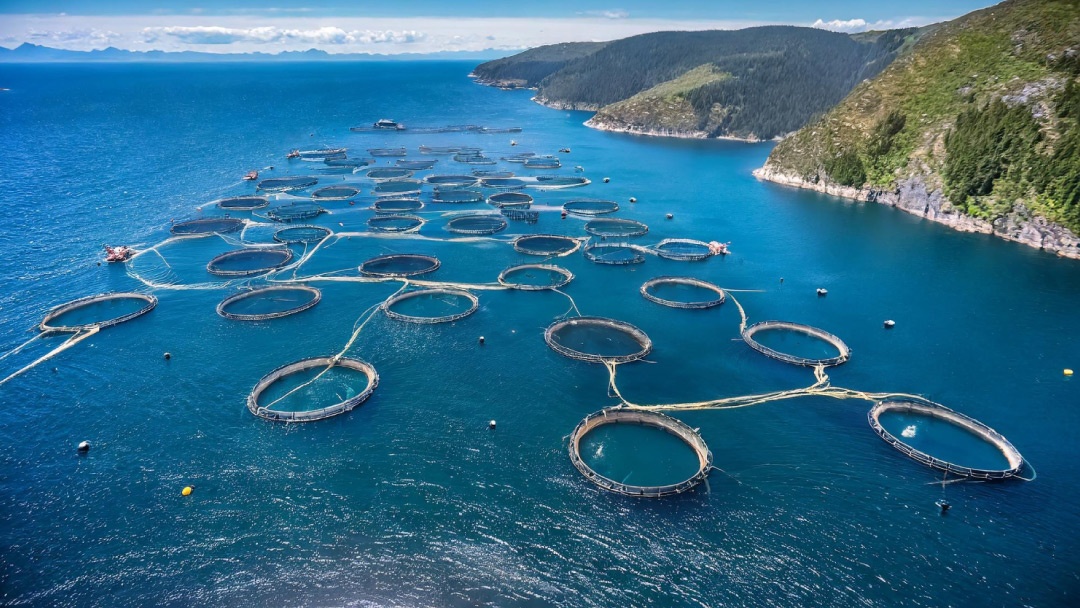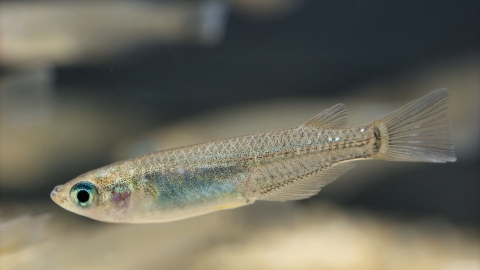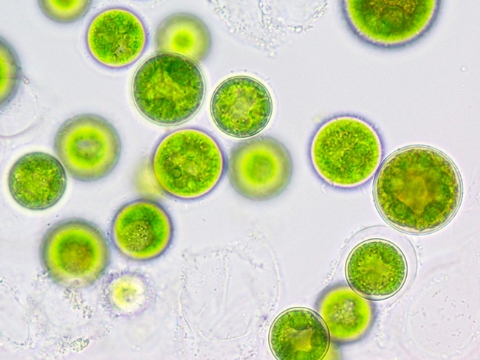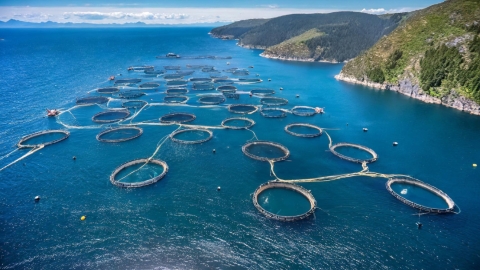
The integration of offshore aquaculture with renewable energy generation is no longer a distant concept. An international team of researchers has successfully developed and validated a hybrid system that combines floating fish farming cages with an array of wave energy converters (WECs), proving that this synergy is not only feasible but also beneficial.
Published recently in the journal Energy, the study explores the hydrodynamic characteristics of this integrated setup, offering a practical solution for powering offshore aquaculture facilities while making more efficient use of shared mooring infrastructure.
The researchers found that positioning the wave energy converter downstream of the cages improves performance, as the devices operate with fewer constraints. The study also examines optimal mooring design, recommending a catenary configuration, which can enhance energy efficiency by up to 50% in long-wave conditions and reduced mooring line tension by as much as 13%.
When it comes to structural design, the researchers suggest arranging cages in square or linear formations of four units. These layouts strike a better balance between energy capture and structural stability compared to frontal design, which tend to place greater strain on moorings.
Another key insight is that the power take-off system in these integrated WECs should feature greater damping than in standalone systems. This added damping helps to lower structural loads while improving energy absorption.
The researchers also highlight the system’s potential role in supporting the sustainable growth of the blue economy. “Point absorber-type wave energy converters are well-suited to offshore systems due to their simple geometry and ability to meet daily energy demands,” the authors note. The further recommend that mooring chains remain slack, allowing the converters more freedom to move and thereby improving their energy capture performance.
The project is underpinned by a time-domain numerical model built using nonlinear finite elements, which has been validated against experimental data. The research was led by the Chinese Academy of Fishery Science in collaboration with the University of Strachclyde, and was funded by the National Natural Science Foundation of China and the Royal Society in the UK.



